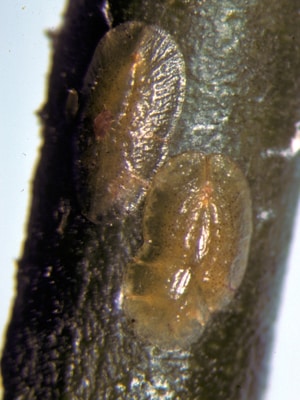Coax strawberries throughout the year
Like hot chocolate in winter or pumpkins in autumn, strawberries and summer go hand in hand.
However, author and expert gardener Julie Bawden-Davis knows how to make the juicy red berries a year-round delight. Bawden-Davis will share her secrets and tips about strawberry gardening during a demo and book signing in Old Towne Orange on Saturday morning.
Attendees will find out how to plant the berries and which plant varieties bear fruit year-round in the Southern Californian climate. Bawden-Davis’ sister, Amy Bawden, will join the presentation, forming a dynamic duo of gardeners. The sisters also will talk about the best ways to attract butterflies, which can help pollinate plants and make gardens look more magical.
The Orange County Farm Supply also will be present, handing out sample products that could help spur organic gardening methods.
The first edition of Bawden-Davis’ book, “The Strawberry Story: How to Grow Great Berries Year-Round in Southern California,” has sold more than 5,000 copies. Bawden-Davis has since updated her book and released a second edition, which she will sign at the event.
When: 10:30 a.m. Saturday, July 13
Where: Old Towne Orange Farmers and Artisans Market, 304 N. Cypress St., Orange
Cost: Free
More information: Visit orangehomegrown.org

